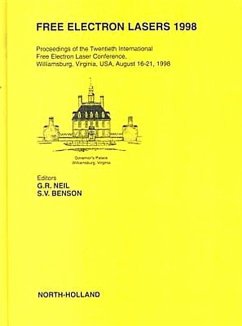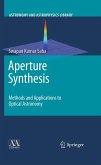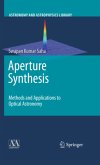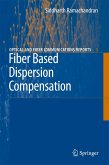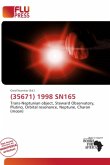The FEL field has grown enormously over the last years, which is reflected in the number of papers presented at the 1998 conference. A few specific areas in FEL are particularly active. Several groups are investigating self-amplified spontaneous emission (SASE) as a route to 0.1 nm FEL. Although the technical challenges are large, a growing portion of the community believes this is a feasible goal and have begun planning 4th generation light sources based on this technique. Already, demonstrations of SASE by many orders of magnitude in an unguided (by external means) optical mode have been achieved in the IR with extension into the UV soon to follow. Other groups are extending the applications of FELs by evolutionary changes in the capabilities of user facilities around the world. Many of these utilize other sources of radiation synchronously with tunable FEL beams. An emerging trend is th use of Thompson scattered photons from the electron beam. Because of the Doppler shift involved, the photons can be up-scattered into the X-ray (keV) or even gamma ray (MeV) regime forming a useful picosecond probe for analysis of materials or nuclear structure. Other groups continue to extend the range of FEL operation and a new record was set this year for short wavelength lasing (210nm) as well as production of the highest CW average power yet for a FEL (311 W). This exhaustive volume will provide the reader with an appreciation of the state of FEL technology and convey also the sense of excitement and interest that exists in the field. Despite the fact that it has been 22 years since the first demonstration of lasing in a FEL oscillator, the field continues to provide interesting areas for study and application.
Hinweis: Dieser Artikel kann nur an eine deutsche Lieferadresse ausgeliefert werden.
Hinweis: Dieser Artikel kann nur an eine deutsche Lieferadresse ausgeliefert werden.

